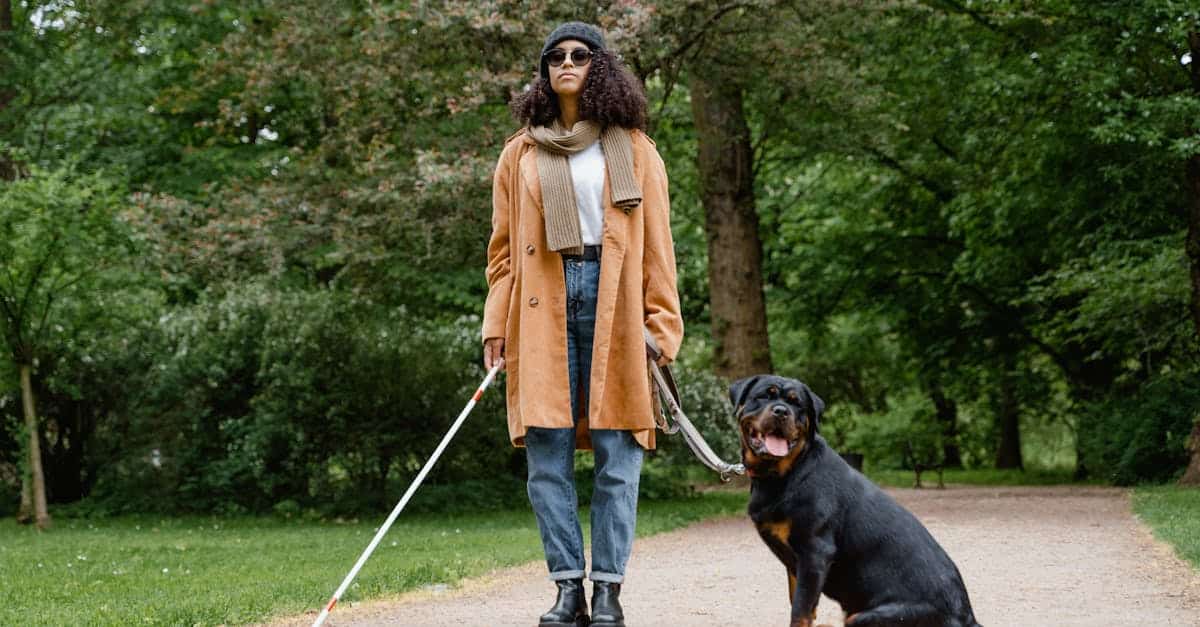Low vision refers to a reduction in vision that cannot be corrected by glasses, contact lenses, or surgery. This condition can have significant consequences on the daily lives of affected individuals, impacting their autonomy, mobility, and quality of life. The issues related to low vision are numerous, ranging from the accessibility of environments to the need for adapted devices to facilitate everyday life. Understanding these impacts is essential to better support affected individuals and promote a more inclusive society.
Low vision refers to a significant reduction in visual capacity that cannot be corrected by glasses, contact lenses, or surgery. It encompasses a wide range of visual conditions, from reduced peripheral vision to loss of central vision. People with low vision face daily challenges, and it is essential to understand this phenomenon to encourage their inclusion and well-being.
The causes of low vision are varied. They can result from eye diseases such as cataracts, glaucoma, or macular degeneration, but also from neurological disorders that affect the way the brain processes visual information. In some cases, low vision is congenital, meaning it is present at birth, while others may develop vision problems during their lifetime.
The impact of low vision on daily life is immense. People with low vision can experience difficulties with simple tasks, such as reading signs, recognizing faces, or moving safely in familiar environments. These limitations can also influence their autonomy and sense of security, sometimes leading to a form of social isolation.
It is crucial to address the issues raised by low vision. In terms of accessibility, there is an urgent need to ensure that public spaces, such as public transport, buildings, and workplaces, are equipped with appropriate facilities. This includes the implementation of audio beacons, high contrasts in the environment, and information in braille.
Technologies play a fundamental role in improving the quality of life for people with low vision. Devices such as smart glasses, voice recognition applications, and other technological innovations help alleviate daily challenges. Training on these new tools is also essential: specific support can enable individuals with low vision to take ownership of these technologies.
Psychologically, low vision can lead to a range of emotions, including frustration, anxiety, or even depression. It is therefore essential that family members and healthcare professionals provide support and understanding. Support groups or accessible leisure activities can also help boost the morale of people with low vision by promoting exchanges and sharing experiences.
In the context of education, it is imperative to adapt pedagogical approaches for visually impaired students. This can involve using adapted materials, training teachers, and integrating assistive technologies. Ensuring equal opportunities from a young age is essential to allow individuals to fully develop their potential.
Finally, it is necessary to promote a collective awareness around low vision. Society must become aware of the specific needs of this population to combat prejudices and promote inclusion. Initiatives, campaigns, and events can play a key role in this transformation of mindsets.

FAQ on Low Vision
What are the impacts of low vision on daily life? People with low vision may encounter obstacles in everyday tasks such as reading, recognizing faces, moving safely, and using digital tools. This can result in feelings of isolation and dependence.
What are the causes of low vision? The causes of low vision can be diverse, including eye diseases such as macular degeneration, glaucoma, or congenital conditions. Accidents and the natural aging of the eye can also contribute to this condition.
How can we help a person with low vision? There are several strategies to assist people with low vision, including the use of assistive technologies like reading apps or magnifying devices. Awareness and proper training can also facilitate their integration into society.
What resources are available for people with low vision? Several organizations and associations offer resources, training, and advice to better live with low vision. Financial aids and support services may also be available.








